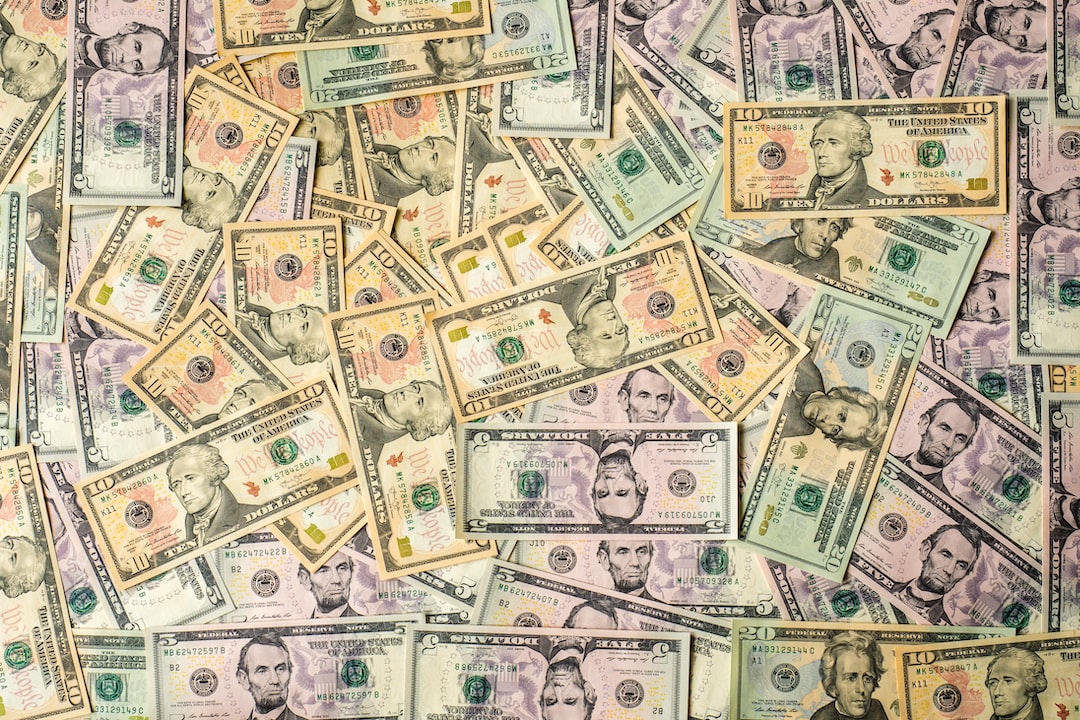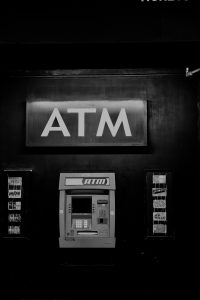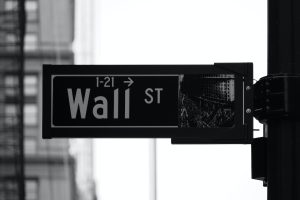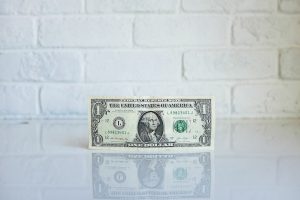Forex trading is one of the most dynamic and fast-paced financial markets in the world. It is a market where currencies are traded 24/7, and where traders need to be able to make quick decisions based on a wide range of information. One of the most important tools that traders can use to make these decisions is statistics. In this article, we’ll explain how to use statistics in forex trading.
What Are Statistics?
Statistics is the study of numerical data, and how it can be analyzed, interpreted, and used to gain insights and make predictions. In the context of forex trading, statistics can be used to analyze market trends, identify trading opportunities, and develop strategies for maximizing profits while minimizing risk.
Some of the key statistical concepts that forex traders need to understand include:
– Probability: the likelihood of a particular event occurring, expressed as a percentage or decimal.
– Mean: the average value of a set of numbers.
– Standard deviation: a measure of the degree of variation or dispersion of a set of numbers.
– Correlation: the degree to which two or more variables are related to each other.
– Regression analysis: a statistical technique used to analyze the relationship between two or more variables, and to make predictions based on that relationship.
How to Use Statistics in Forex Trading
There are many ways to use statistics in forex trading, depending on your trading style and the type of analysis you want to do. Here are some of the most common uses of statistics in forex trading:
1. Technical Analysis
Technical analysis is the study of past market data, such as price and volume, to identify patterns and trends that can be used to predict future market movements. Many technical indicators, such as moving averages and Bollinger Bands, are based on statistical calculations.
For example, a moving average is simply the average price of a currency pair over a certain period of time. By calculating the moving average for different time frames, traders can identify trends and potential support and resistance levels.
2. Risk Management
Statistics can also be used to manage risk in forex trading. For example, traders can use standard deviation to calculate the volatility of a currency pair, and adjust their position sizes accordingly. A high standard deviation indicates a more volatile market, which may require a smaller position size to avoid excessive risk.
Traders can also use probability to calculate the likelihood of a particular trade being successful, and adjust their risk/reward ratios accordingly. For example, if a trade has a 70% probability of success, a trader may be willing to risk more than if the probability was only 50%.
3. Fundamental Analysis
Fundamental analysis is the study of economic and political factors that affect currency values. Many statistical indicators, such as GDP and inflation, are used to analyze these factors and make predictions about future currency values.
For example, if a country’s GDP is growing at a faster rate than expected, this may indicate that its currency will strengthen in the future. By analyzing historical GDP data and using regression analysis, traders can make predictions about future GDP growth rates and adjust their trading strategies accordingly.
4. Trading Strategy Development
Finally, statistics can be used to develop and test trading strategies. By backtesting historical data and analyzing the results, traders can identify patterns and trends that can be used to develop profitable trading strategies.
For example, a trader may use regression analysis to identify the relationship between two or more currency pairs, and develop a strategy for trading based on that relationship. By backtesting the strategy using historical data, the trader can identify its strengths and weaknesses, and make adjustments before using it in live trading.
Conclusion
Statistics is a powerful tool for forex traders, and can be used in many different ways to analyze market trends, manage risk, develop trading strategies, and make predictions about future currency values. By understanding statistical concepts and using them effectively, traders can improve their chances of success in the fast-paced world of forex trading.





